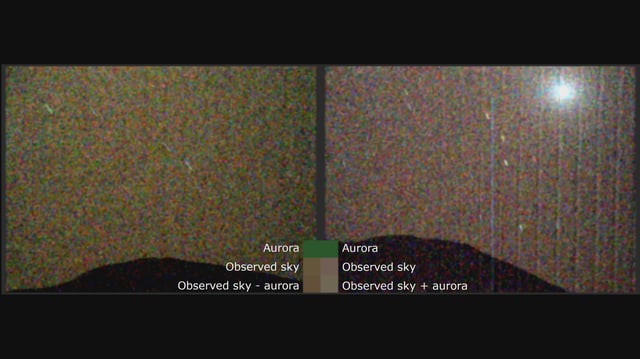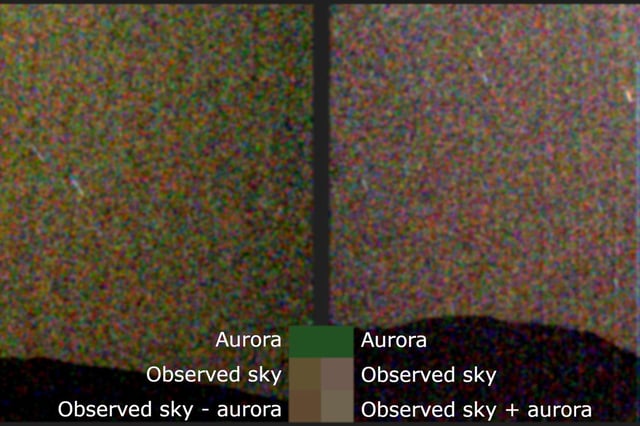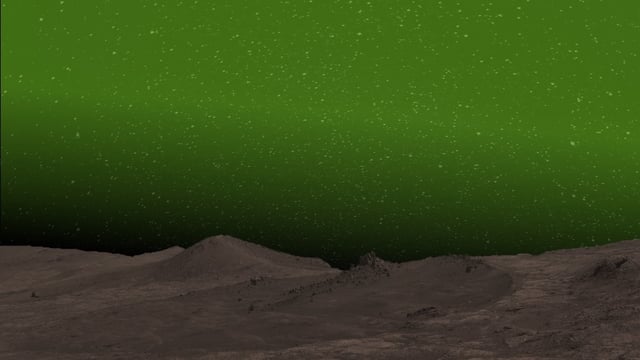Overview
- NASA's Perseverance rover detected the first visible-light aurora on Mars on March 18, 2024, using its Mastcam-Z camera and SuperCam spectrometer.
- The aurora was caused by charged particles from a coronal mass ejection following a March 15, 2024, solar flare, interacting with Mars' thin atmosphere.
- Unlike Earth, Mars' lack of a global magnetic field creates diffuse, uniform auroras visible across the entire sky, regardless of latitude.
- This discovery, published in *Science Advances* on May 14, 2025, opens new avenues for studying space weather and its impact on Mars' atmosphere.
- Future missions, including NASA's Escapade orbiters, aim to create global aurora maps, enhancing models critical for human exploration on Mars.



